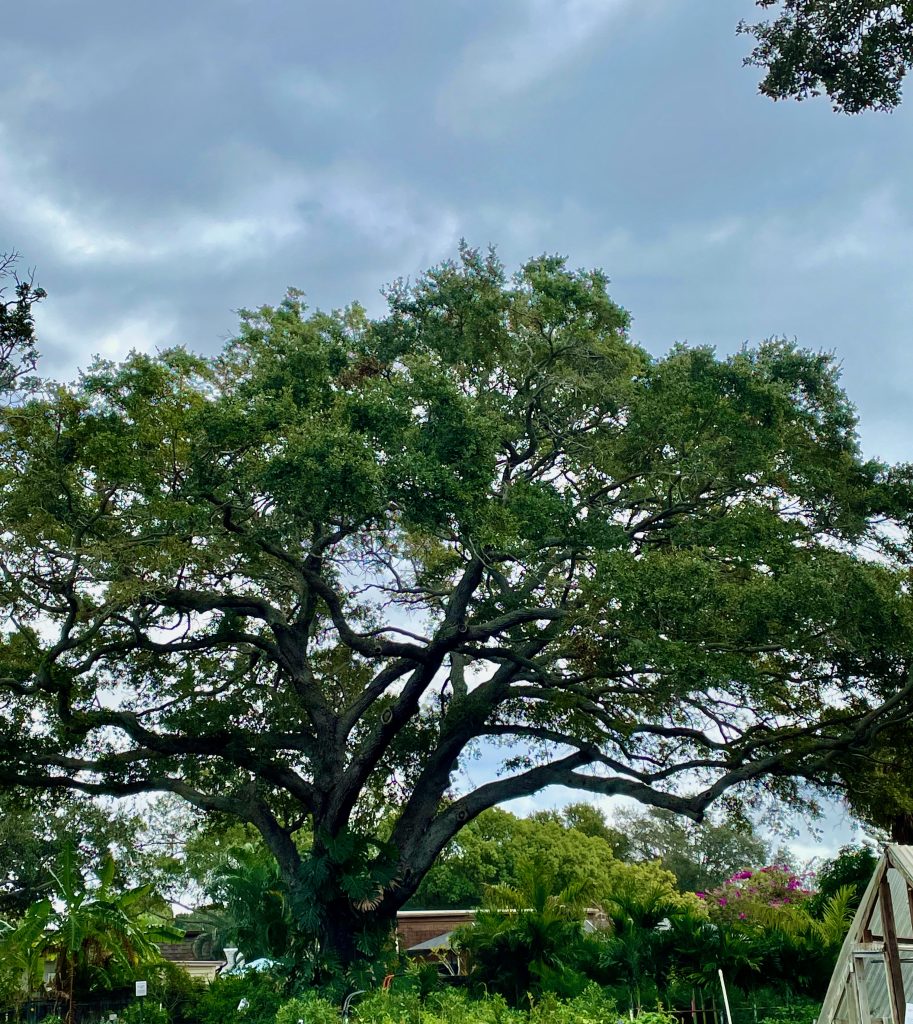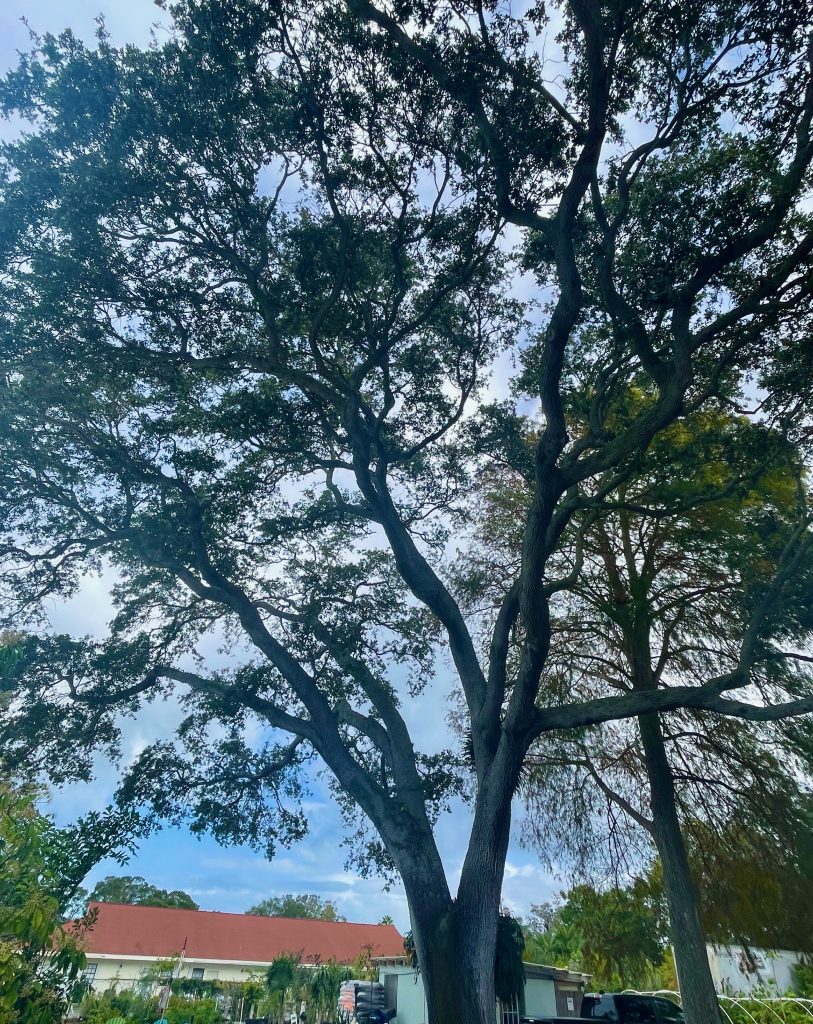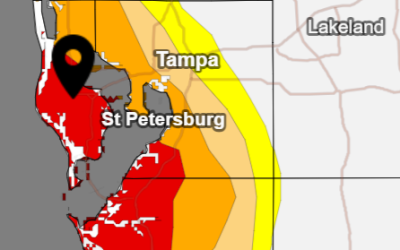
Southern Live Oak
Quercus virginiana
Southern Live Oak, Live Oak, Oak Tree
Shop Here
The majestic and iconic Southern Live Oak. If you have set foot anywhere in the Southeastern United States, chances are you have stood or passed through the shade of the Live Oak. The Live Oak graces high end venues and establishments, many residential properties, commercial lots, parks and public spaces, and often line the streets creating a cathedral like shape.
The Live Oak is one of the most important tree species in Florida, giving it a protected status in most counties and municipalities. Not only does the Live Oak benefit a property through shade, but when planted in mass, provide windbreaks for buildings, trees, and landscapes. They can dramatically reduce local wind speeds increasing their hurricane wind resistance and protection.
Wildlife also benefits from the Live Oak. It provides a large area for shelter and habitat to a wide range of species, both birds and mammals. It is also a food source for birds, mammals, and insects through its pollen, acorns, and leaves as well as any epiphytic growth.
PLEASE NOTE, the Live Oak should not be confused with the invasive Chinese Camphor Tree! Although similar in growth and look, the Camphor Tree is notoriously weak and brittle in high wind storms, provides very little wildlife benefits, and outcompetes local vegetation.
Plant Specifications
- Florida Native: YES!
- Florida Hardiness Zone: 8A-11
- Light: Full sun, partial shade, shade
- Soil: Moist and usually moist to very long, very dry periods. Loam and sandy soils. Adaptable to a wide pH range.
- Size: 40-80 feet tall, and 40-100 feet wide
- Flower: Inconspicuous blooms in Spring
- Fruit: Brown acorns in fall
- Salt tolerance: Tolerant of occasional saltwater inundation, moderate tolerance for salt spray.
- Landscape form: Large, sprawling shade tree
- Phenology: Evergreen, very long lived tree (300+ years)
- Wildlife Factor: Extremely beneficial for a wide range of wildlife. Acorns provide food for many birds and mammals. Pollen provides food for hummingbirds. Larval host for up to 300+ species.
- Ecotype: Almost all areas of Florida.
- Availability: Readily available in most retail nurseries in many sizes.
Landscape Use
The Live Oak should find a home in every landscape, big and small. They can drastically reduce temperatures in the hot summer months by as much as twenty degrees! They have the possibility of increasing property value when lively and healthy.
There are many reasons to plant the Live Oak. Whether you are seeking shade to reduce energy costs associated with cooling a home or building, increasing wildlife factor on a property, or aiming for the regal, upscale look of a large Live Oak Tree.
Plant the Live Oak no closer than 15 feet to a building to reduce encroachment of large roots and limbs on foundations and roofs. Underplant with shade loving native species that will further compliment the regal structure of this tree.

Establishment and Care
Establishment of the Live Oak Tree is relatively easy. Routine water for the first one to two years will ensure a healthy tree that can fend for itself after that period. Because they tolerate such a wide range of soil types, there is usually very little issue with establishment as long as they are provided plenty of water in the beginning.
Live Oaks should receive routine pruning from the moment they go in the ground. Usually once a year pruning on a young tree of 1-5 years in age is necessary to promote optimal branching habits. After that, structural pruning every 3-5 years is usually enough to ensure the tree is strong and free of issues.
Specimens planted in small areas, such as between the sidewalk and road, will benefit from more frequent watering and fertilizer.
Companion Plants
Coontie
Saw Palmetto
Blue Stem Palmetto
Cabbage Palm
Tropical Sage
Shiny Coffee
Softleaf Coffee
Snowberry
Wild Petunia
Hammock Twinflower
10- This plant is tough! Try planting this when nothing else seems to work, or for those lacking a green thumb!



